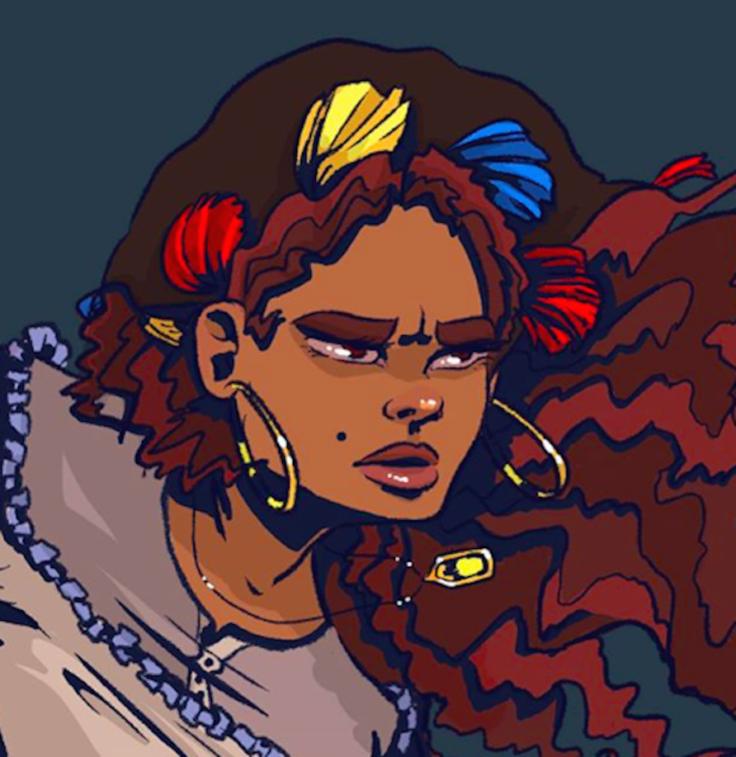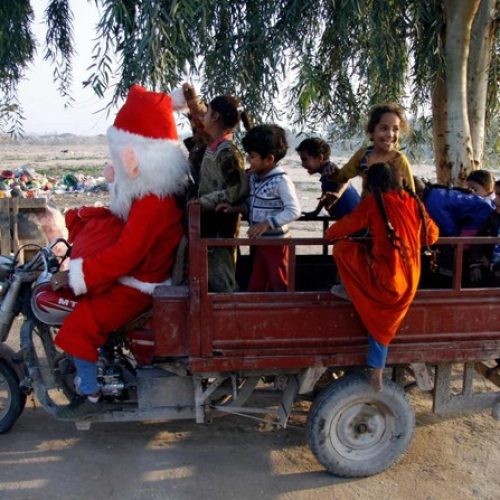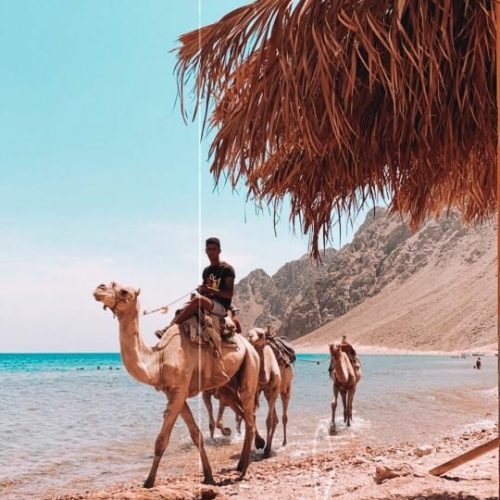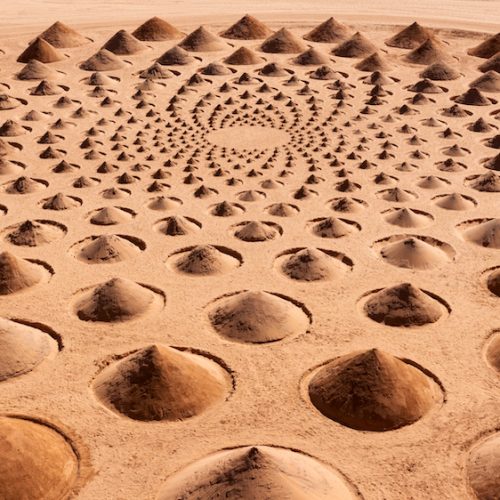Whilst the literary world is more than familiar with the book and animated film Persepolis (2017) by Marjane Satrapi, illustration in the region is usually seen in the form of henna or calligraphy rather than in a graphic novel or film.
And this is largely because of its inherently political nature, illustration is by definition a representation of subjective reality, masked as art object. Imagine if Persepolis was live-action, with its defiant message that ‘punk’s not dead’ and the critique of an oppressive regime animated on the screen… would it have passed censorship? Long-associated with our childhood favourites like Tom & Jerry, Scooby Doo and Loony Tunes, the innocent face of illustration can draw over what is an exposed political reality.
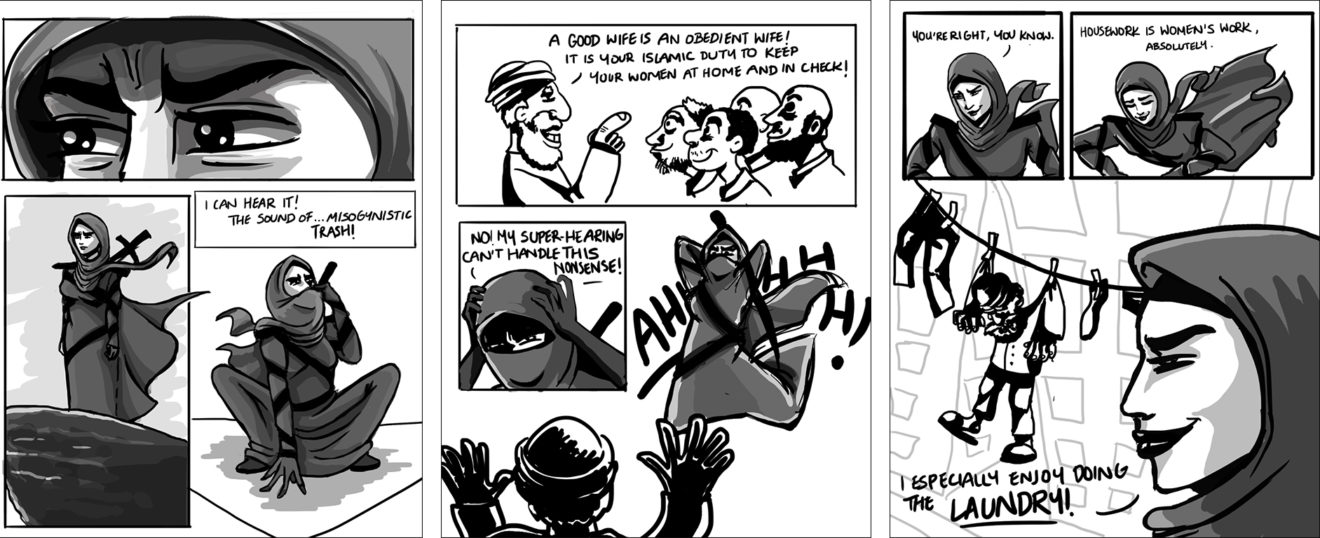
Enter young Egyptian illustrator Deena Mohamed. Her first comic was released at the age of 18, in the form of a web-comic named Qahera that followed a female Muslim Egyptian superhero in her fight against Islamophobia and misogyny. Every week the hijabi superhero would fight for feminism and vanquish oppression with physical as well as mental and emotional strength.
Mohamed’s debut graphic novel was Shubeik Lubeik, an urban fantasy about the wishes of a stratified society. Published in Arabic, it was awarded Best Graphic Novel and the Grand Prize of the Cairo Comix Festival (2017), and is now being translated into English for Pantheon Books in the US and Granta in the UK.
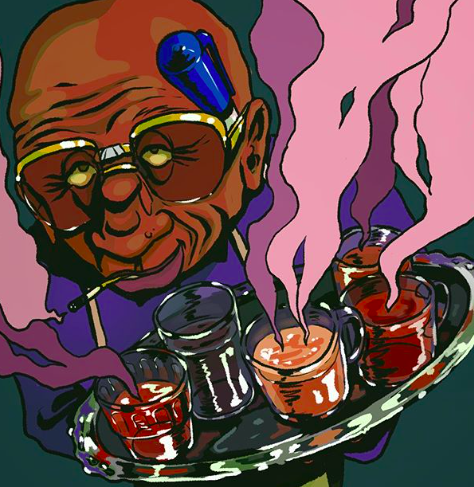
Aside from making comics, Mohamed promotes the art and literary form to young people across the globe, holding translation workshops at institutions such as SOAS in the UK and comic workshops in community libraries and museums. This wide outreach demonstrates the accessibility of the graphic novel, and its ability to transcend both borders and language, whilst still maintaining a narrative. Moreover, Mohamed’s focus on women and local heroes acts as an alternative to Hollywood’s animations which are far from the region both in terms of representation and relatability. It can be said that without a doubt, Mohamed creates superheroes that we can believe in.





